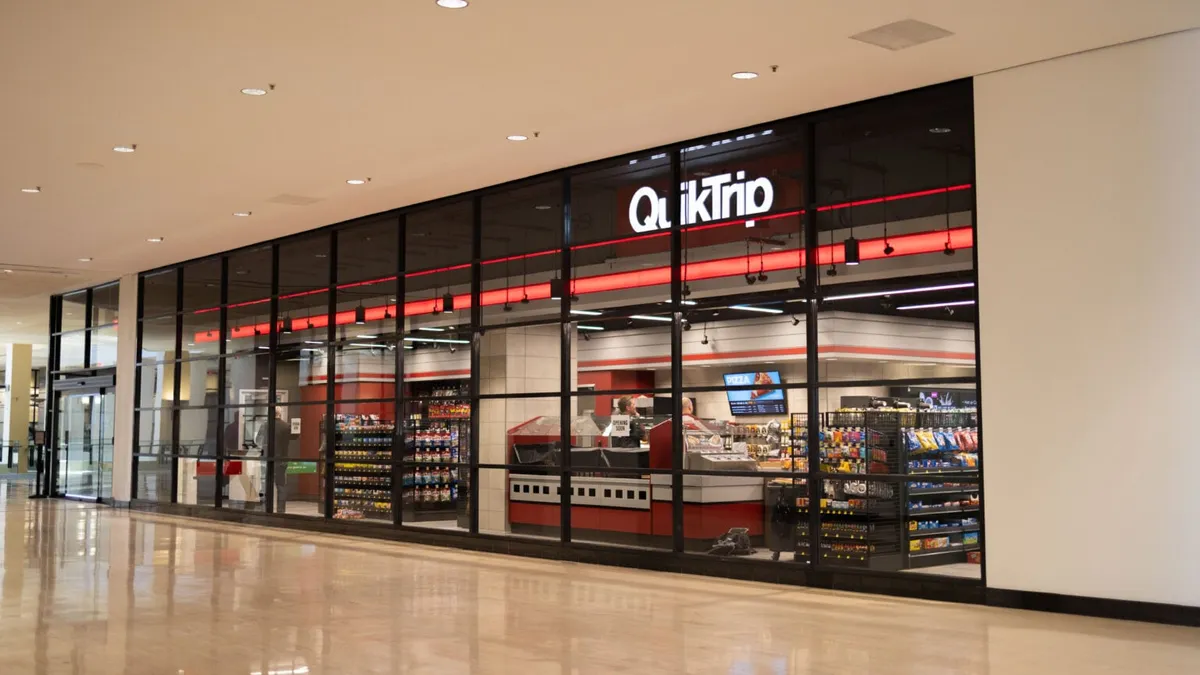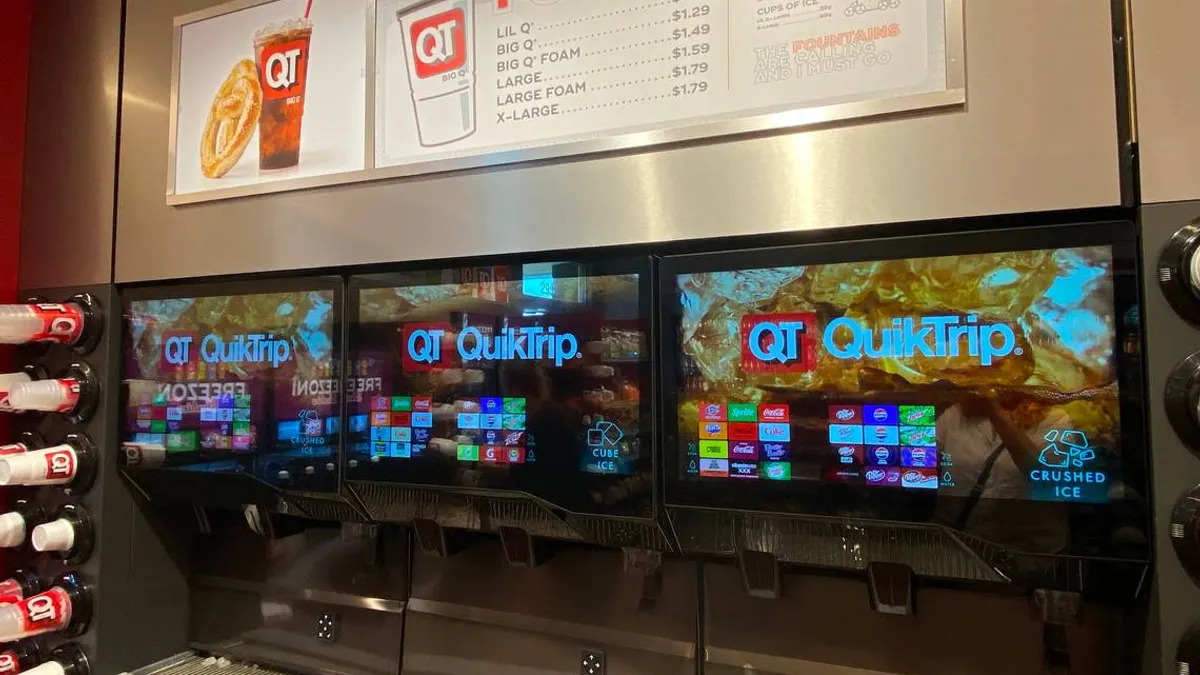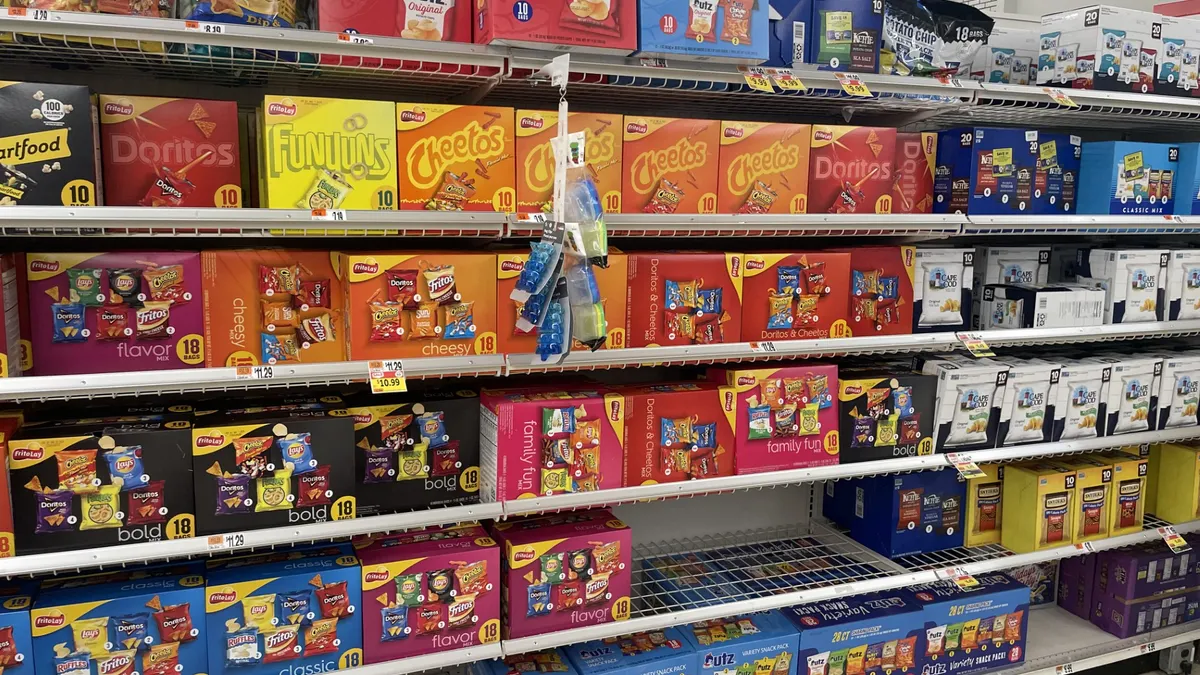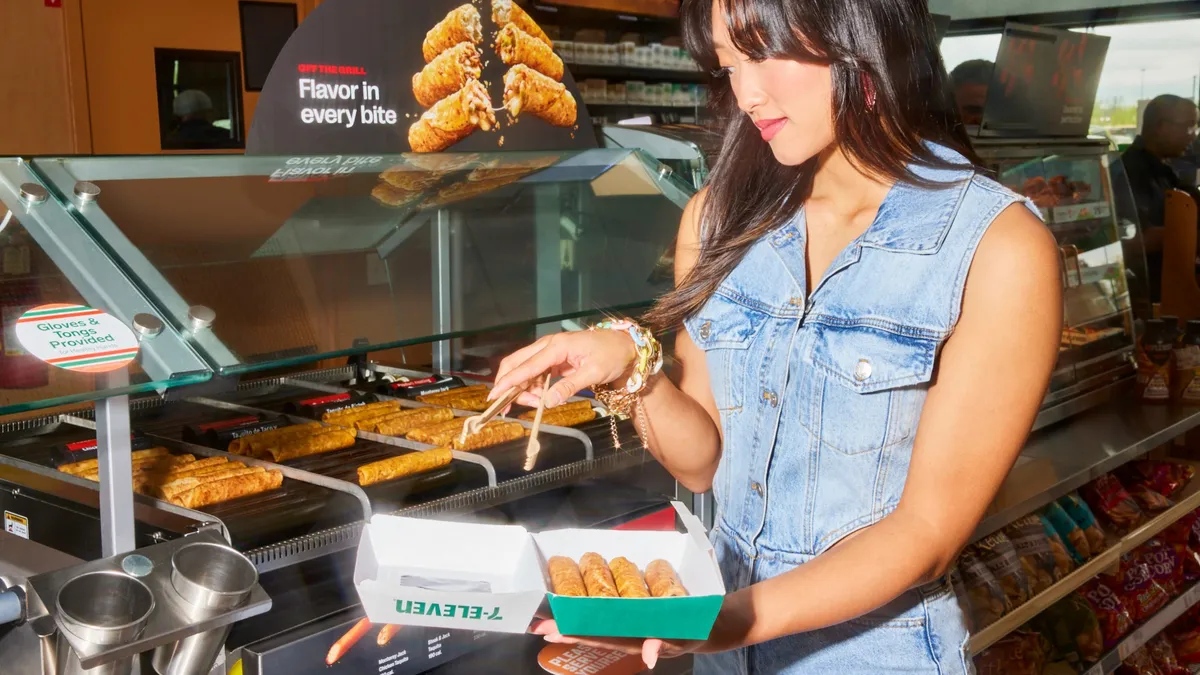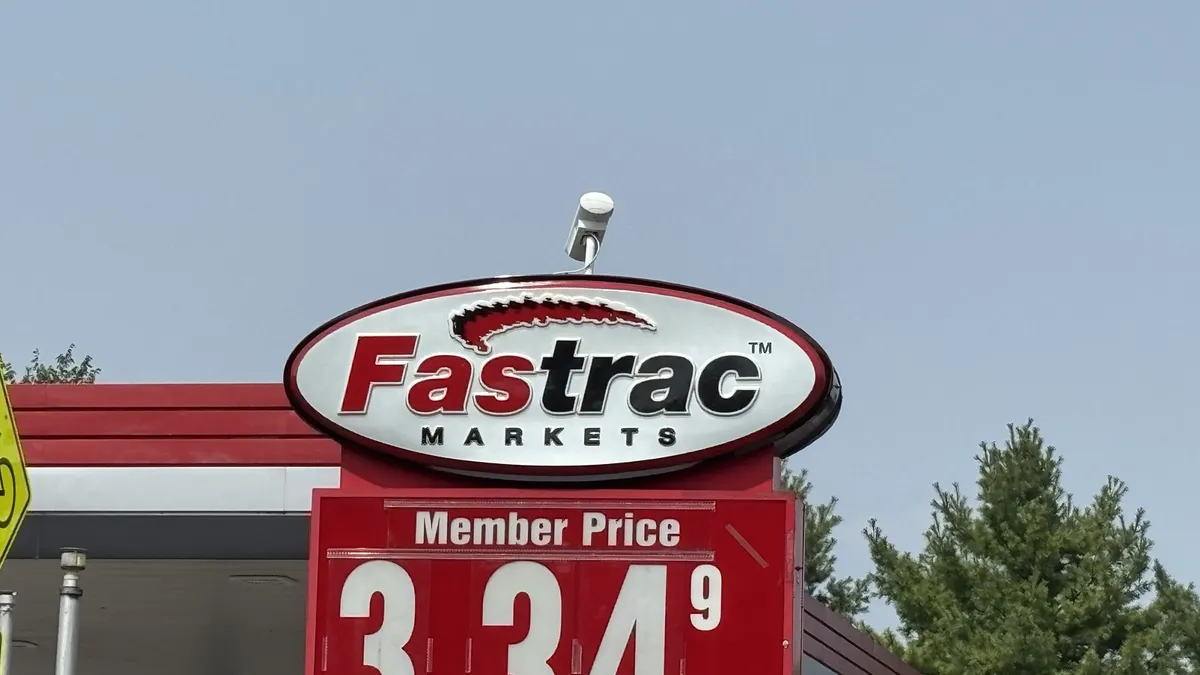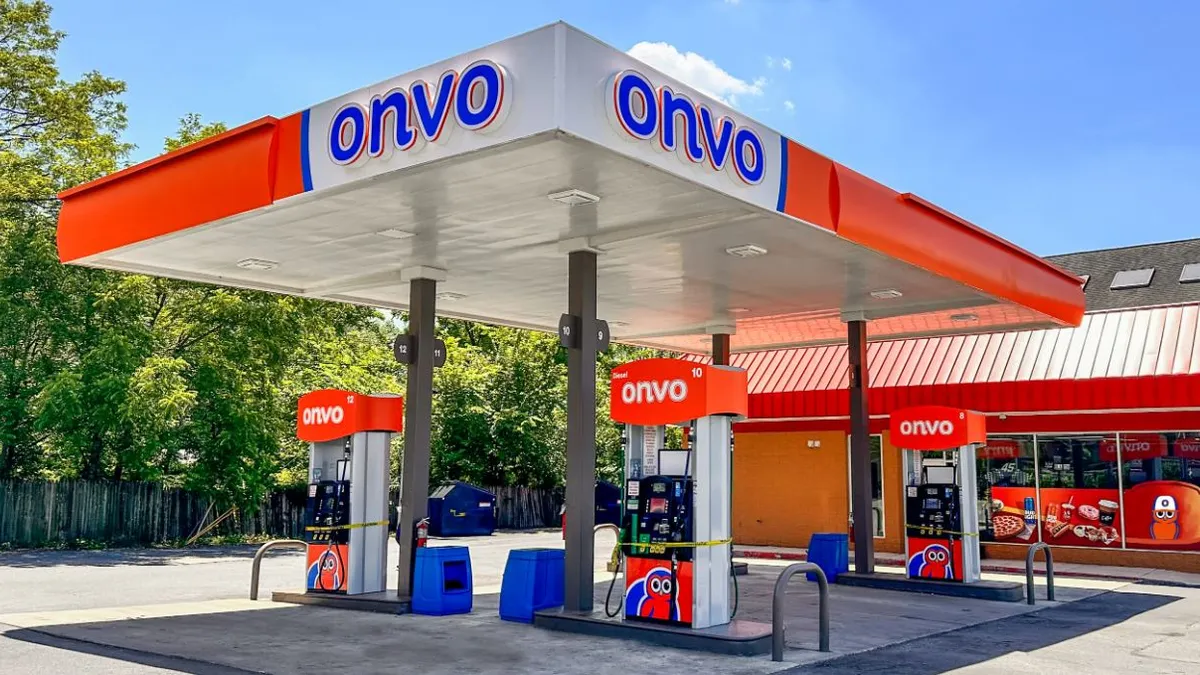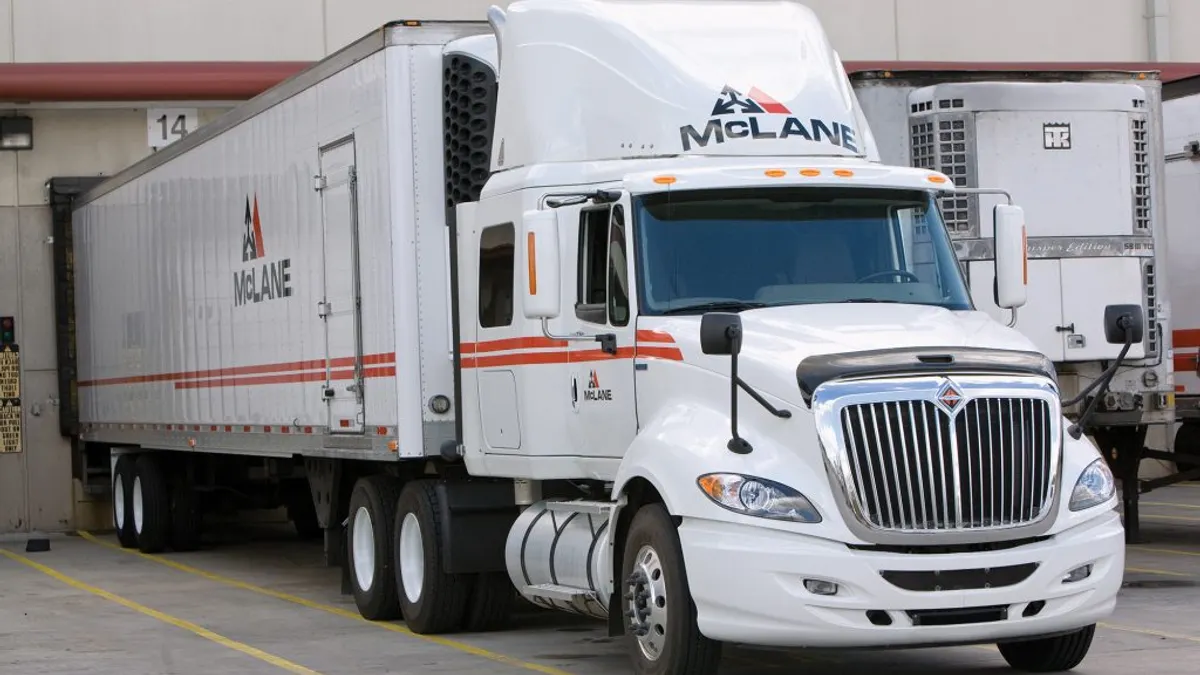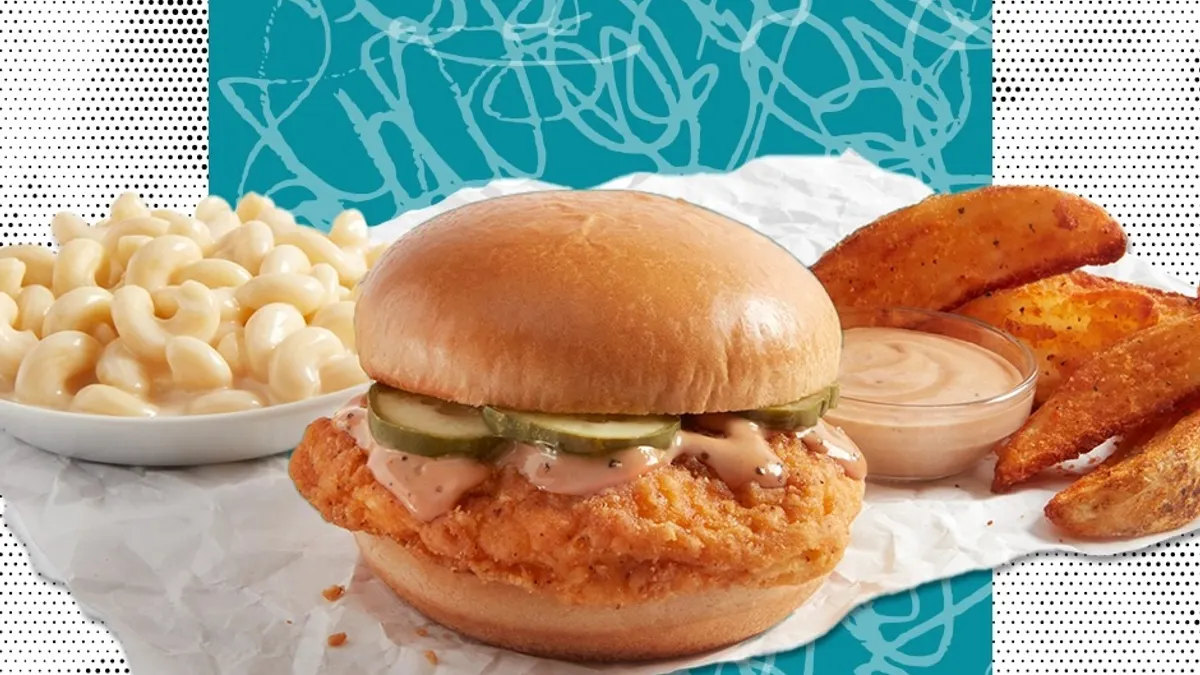Filling up on gas has long been a primary driver of convenience-store foot traffic. In fact, as of this year, 70% of people said they enter the c-store when filling up at the pump.
But as consumers increasingly drive less and electric vehicles grow in popularity, c-store operators are finding new ways to meet consumer needs outside of fuel. As a result, stores are popping up around the country that are not only centered around prepared foods and premium merchandise, but are gasoline-free as well.
Take QuikTrip, which opened a fuel-less site in August. The store, located in downtown Tulsa, Oklahoma, is meant to serve city dwellers looking for a convenient option for food and household items, Aisha Jefferson-Smith, corporate communications manager for the Tulsa-based chain, said in an email.
This only marked QuikTrip’s second gasoline-free, food- and merchandise-focused c-store and first since 2016, but the company intends to roll out more of these locations moving forward, Jefferson-Smith said.
The c-store includes QuikTrip’s QT Kitchens concept — its prepared foodservice program — that offers meals across all dayparts, ranging from veggie breakfast scrambles and biscuits to barbecue brisket, chicken and pulled pork sandwiches.
Kum & Go has also opened a handful of food-focused locations to date with its “urban walk-up store” concept, which debuted in May 2020. Built with the same finishes, aisles and staff as a traditional Kum & Go, these locations — now at four in total — feature healthy prepared foods, merchandise such as health aids and phone accessories, and craft beers and wines.
And no fuel.
Taylor Boland, director of communications for the Des Moines, Iowa-based chain, said Kum & Go’s urban walk-up stores are meant to better reach customers where they are, capitalizing on higher foot traffic in urban downtown areas. The four stores are located in Des Moines; Ames, Iowa; Omaha, Nebraska; and Denver.
Although Kum & Go has no plans to halt fuel operations in its regular stores, it will continue making significant investments in foodservice, Boland said.
“We recognize and understand the trends and changes in the fuel space and how this is expected to change as we plan long term,” she said.
One brand leading the way for fuel-less c-stores is 7-Eleven, whose 13,000 sites in the U.S. are a mixture of fuel-less and fuel locations. Both formats offer the same roster of hot food items, ranging from boneless chicken wings and chicken strips to cheeseburgers and hot dogs.
“The only chain I can think of that consistently has had both fuel and non-fuel sites is 7-Eleven,” said Jessica Wlliams, founder and CEO of Food Forward Thinking, a Lexington, Kentucky-based c-store consultancy.
Finally, it’s hard to overlook Amazon Go, Amazon’s fuel-less convenience stores that focus on prepared foods, grocery items, household merchandise and meal kits. Although there are only 28 Amazon Go stores currently open in the U.S. — in Seattle; Mill Creek, Washington; San Francisco; Whittier, California; Chicago; and New York — Amazon reportedly once said it was looking to open up to 3,000 of these locations. If true, and as c-stores invest more in foodservice and increasingly blur the lines with grocery stores and restaurants, more fuel-less locations might be coming.
But if a fuel-driven c-store chain — or even an independent operator — wanted to pursue a gasoline-free site, where would they begin?

Hard work and preparation
Opening a gasoline-free location comes down to improving everything else beyond the fuel — from the food offerings to the outdoor lighting — to create a quality customer experience.
These improvements can’t happen overnight, though.
Steve Montgomery, president of Lake Forest, Illinois-based c-store consultancy b2b Solutions and a former Amoco executive, preaches an “evolution over revolution” approach to making the transition to fuel-less stores.
“You need to be cautious here,” Montgomery said. “When you get rid of fuel, you become a whole different type of business. Get people used to what you’re trying to do before making big changes.”
For chains trying to become more food-focused, they’ll need to build up their foodservice program before going fuel-less, Montgomery said. That means doing things to establish the new food program, like installing the drive-thru and writing out the menu beforehand. Once the food program is built up, then the transition can begin, he said.
And paying attention to what consumers and competitors are doing is crucial during this step.
“Is what people are buying the thing you want to be selling?” Montgomery said. “What can you excel at? What are your competitors doing? These are some things to think about if you’re considering getting rid of fuel.”
When making these considerations, knowing what makes sense for your target audience is essential, said Mike Fogarty, founder and CEO of Choice Market, a Denver-based c-store chain centered around foodservice and mobile technology.
Of Choice Market’s five locations, only one offers fuel.
“Understand what [your target audience is] looking for in terms of food, merchandise and even price point,” Fogarty said. “From there, you can create a new business plan, menu, equipment list, interior design — everything you want to meet the needs of that customer.”
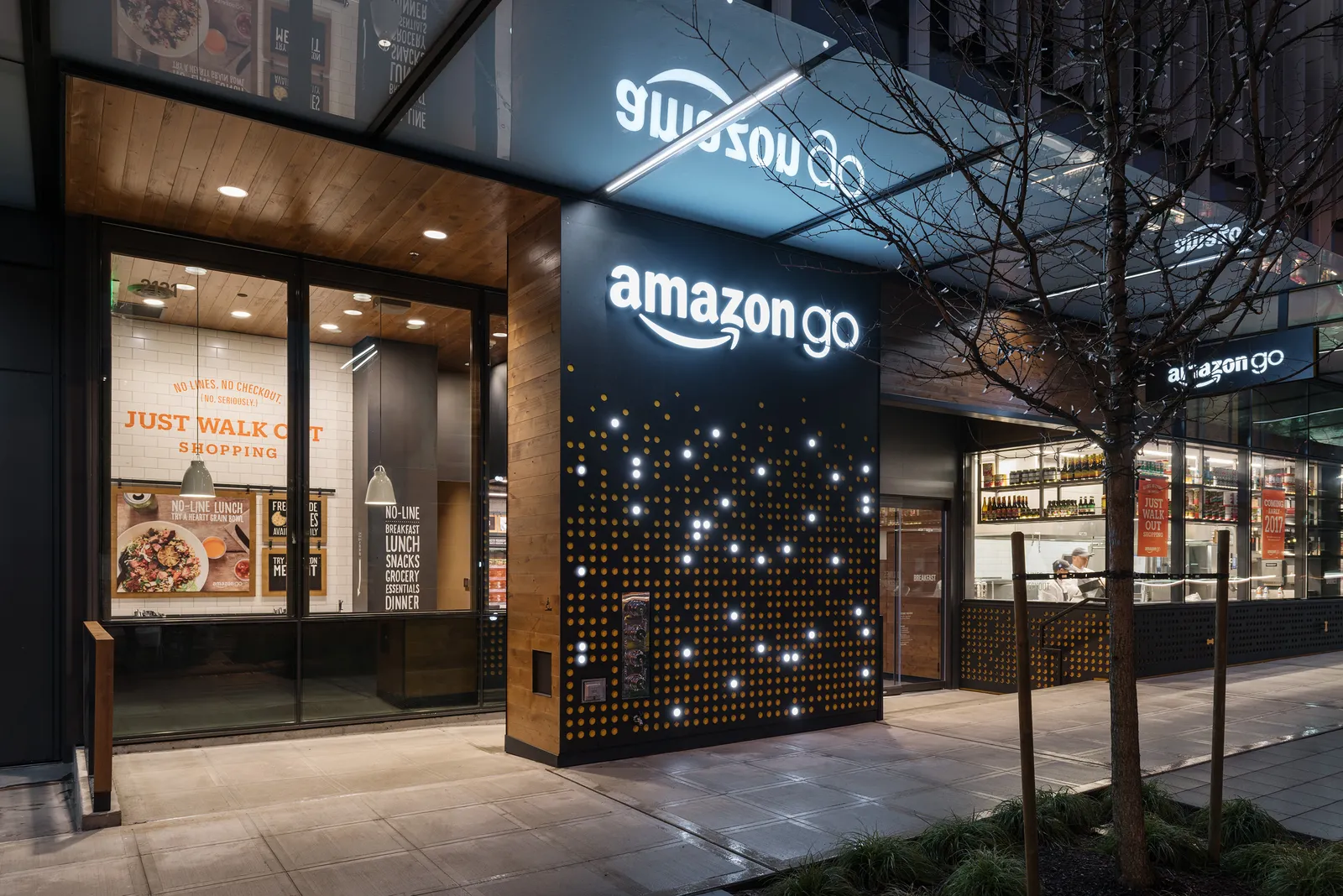
Pick your hero item
Offering a hero product — an item that a business becomes famous for — can help c-stores transition to a gasoline-free environment and get more people inside the store without having to stop for gas, said Wlliams.
“Pick one,” she said. “Not two, not three. You want a hook and to be known for doing something really well.”
Casey’s General Stores, an Ankeny, Iowa-based chain that operates more than 2,400 c-stores in 16 Midwestern states, might have the most well-known hero product in the industry. Although Casey’s offers fuel, the chain has become famous for its expansive pizza program, which has more than a dozen pizza varieties available for both in-store pickup, online ordering and delivery. Casey’s has said that it is the fifth largest pizza seller in the U.S.
“If you get rid of fuel and only have a storefront, you need to tell people from the outside what you do well on the inside,” Williams said. “The hero product is number one.”
Selling local products or locally sourced ingredients can help here, said Fogarty. Specifically, he recommends c-stores look at local beer, wine and liquor, fresh local produce and fruit, as well as local ice cream or salty snacks. Localizing the product mix across all categories can help improve the margin profile, he said.
“People tend to appreciate the localization component and are willing to pay more for local products,” he said.
Beyond improving the product selection, Fogarty suggests even exploring more premium ancillary services for inside the store, such as delivery lockers and dry cleaning services.
“Any service that can make it more convenient for the customer to limit the number of stops they need to make,” he said. “There’s lots of different options and opportunities there.”
Williams also recommends remodeling the store in a way that stands out — to make it “Instagram-worthy,” she said.
“Give people reasons to take pictures,” she said.
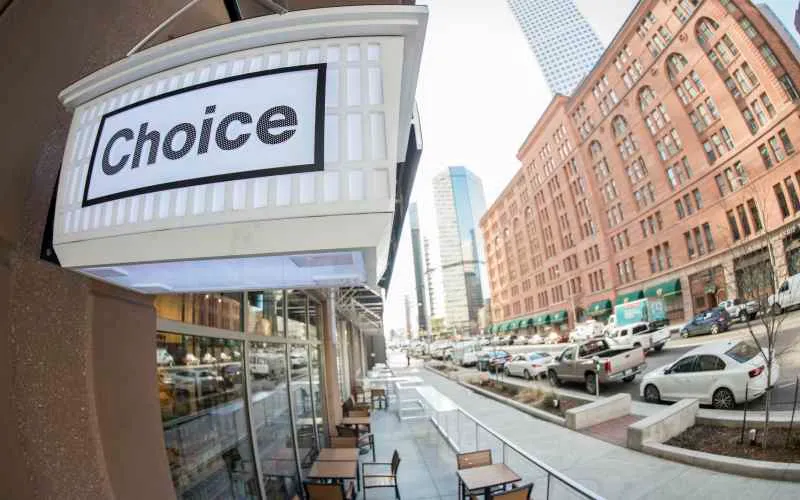
Start planning now
Opening a new c-store without fuel is one thing. Removing fuel from an existing location is another.
Neither Williams nor Montgomery have seen the latter done before.
“Getting rid of fuel [from an existing location] costs a lot of money,” Montgomery said.
Installation fees for fuel tanks and islands are expensive to begin with, and properly closing them would require more costs — making it hard to justify eliminating them from an existing site, said Williams.
“The return on investment could take years to recoup,” she said.
According to Commtank, a fuel tank services provider, the average cost to remove an underground fuel tank ranges from $15,000 to $20,000 per project.
This means, for now, the c-store industry may only see brands opening new stores without fuel rather than removing fuel from existing locations.
However, getting there requires not only a shift in operational approach, but a shift in consumer perspectives about what a c-store can be, Fogarty said.
“It’s about the customer perception and willingness to buy prepared foods from a c-store,” he said. “It’s a change in mindset for many of these customers.”
Despite the difficulties in doing so, Fogarty thinks going gasoline-free and becoming more food-focused is the right direction for the c-store industry.
“C-stores should be a destination, not an ancillary stop for fuel,” he said. “That means you should have products people want — whether that be fresh food or dry cleaning or a barber — and more everyday use for the customer. It’s not the flip of a switch. It takes a lot of thought, planning, effort and capital to execute.”
For operators considering the move, the time to start planning is now, he said.
“It’s kind of like the Titanic,” he said. “You have to start making that turn sooner or later. Or else you’ll be left behind.”



